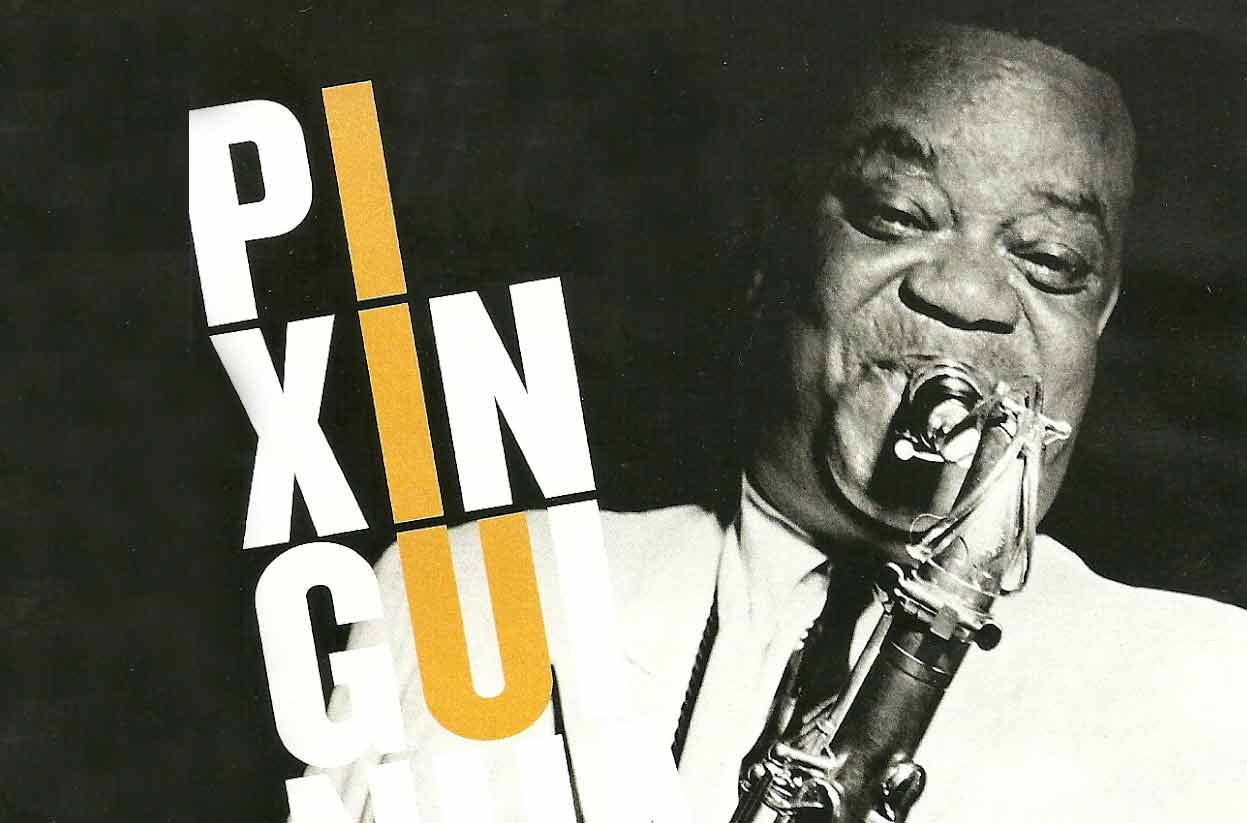Syncopated rhythm, hip movements, black roots: this is samba, the legendary music from Rio de Janeiro. Samba was born in “Little Africa”, a poor area of Rio, between the end of the 19th and the beginning of the 20th century. Here the descendants of the black slaves coming from the north, especially Bahia, carried with them a unique cultural heritage: the Candomblé– an African religion where drums and handclaps have a ritual importance. All this has been translated into music by brilliant musicians as Pixinguinha, a pioneer of Samba.
The first official samba song is considered to be Pelo Telefone (“By Phone”), recorded in 1917 and composed by a collective of musicians. But only in the roaring 30’s samba literally blew up, thanks to the radio. Samba became more melodic, under the name of samba-canção (“samba song”). It is the time of Noel Rosa and Ary Barroso; Carmen Miranda made known to the world the samba, thanks to her Hollywood films.
Another big revolution comes in the 50’s, when samba-canção meets Jazz. Artists such Antonio Carlos Jobim and João Gilberto renovated the tradition and created the Bossa Nova. But this is another story (an inspiring one). In the same period samba was also revitalized by Rio communities (favelas): their samba de morro (“samba from the hill”), focusing on the beat, finally became the official music of Brazilian carnival.
Samba de Roda, a samba danced in circle typical of Bahia, became a UNESCO Heritage of Humanity (category “Oral and intangible expressions”) in 2005.

Leave a Reply
You must be logged in to post a comment.